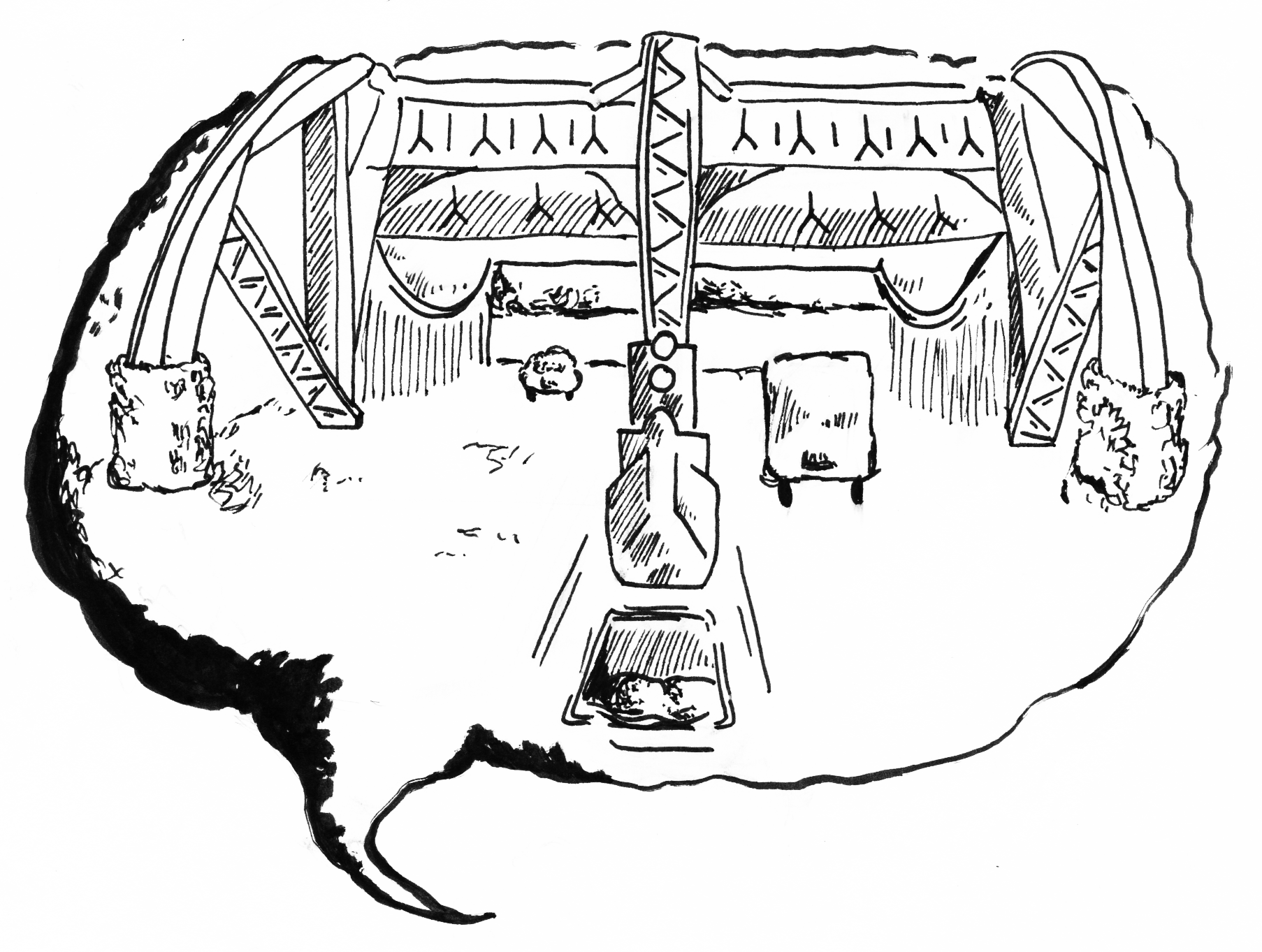
Before the show, Walker Post crosses the presentation space with long strides, making sure everything is in order for his speech. Eventually he feels suitably prepared, and settles in by the food with the other high school students as they joke and visit with people they’ve met through the Division Street Speaks program, a journalistic training effort under the banner of Young Chicago Authors and the University of Chicago.
As friends show up, the group expands to about a dozen. Despite the more formal space and presentation, this is easy, effortless.
Post and the small crowd of his fellow young writers have gathered at the Washington Park Arts Incubator to celebrate the release of a book of assembled interviews, the result of a year’s work. As part of Division Street Speaks, these students have each undertaken a project emulating Studs Terkel’s 1967 oral history collection.
They have walked up and down Chicago’s well-known Division Street, interviewing and recording the people they encountered along the way. In the process they’ve met hundreds of Chicagoans of all ages and creeds; traversing miles, they have interviewed anyone willing to talk, providing an impressive range of interviewed subjects. Saturday’s event at the Arts Incubator is a culmination of this project, broken down into a workshop, presentation, and panel.
The workshop is friendly. Program instructors describe the journalistic process and ask attendees to describe their own experiences. The discussion lingers on social media as a platform, and a number of attendees are mentors from other Chicago high school programs, curious about Young Chicago Authors. The participants are put in dialogue with one another, named interviewer and interviewee.
I speak with Mango, a lyricist from Hyde Park who’s at the event with a friend. That friend is a painter who eventually moves to a prepared canvass against the window, and paints the neighborhood with warm colors and thick lines, silhouetted in the light of late afternoon. Mango and I discuss questions of artistic purpose—inspiration, qualification to speak as an artist—and our favorite neighborhood eateries (a shared interest in Rajun Cajun). The interview ended with two photographs: one casual, the other staged by the interviewer.
The evening continued with a series of presentations, both from the students and local artists. Toward the end, two pairs of students described their personal journalistic pursuits. The first pair had attended a protest against CPS closings last spring. They described trying to get interviews in a tense environment, speaking to protestors before the arrests began. The next group had looked into mental health facilities closing into Chicago.
Finally, the students assembled themselves into a panel. They discussed their favorite interviews, the methodology of learning how to obtain personal statements from near strangers, and the ways the program taught skills useful in their high school education. As they joked and jostled, the camaraderie was evident. An involved audience asked after their experience; replete with pictures, quotes, and audio from their interviews, they answered.
